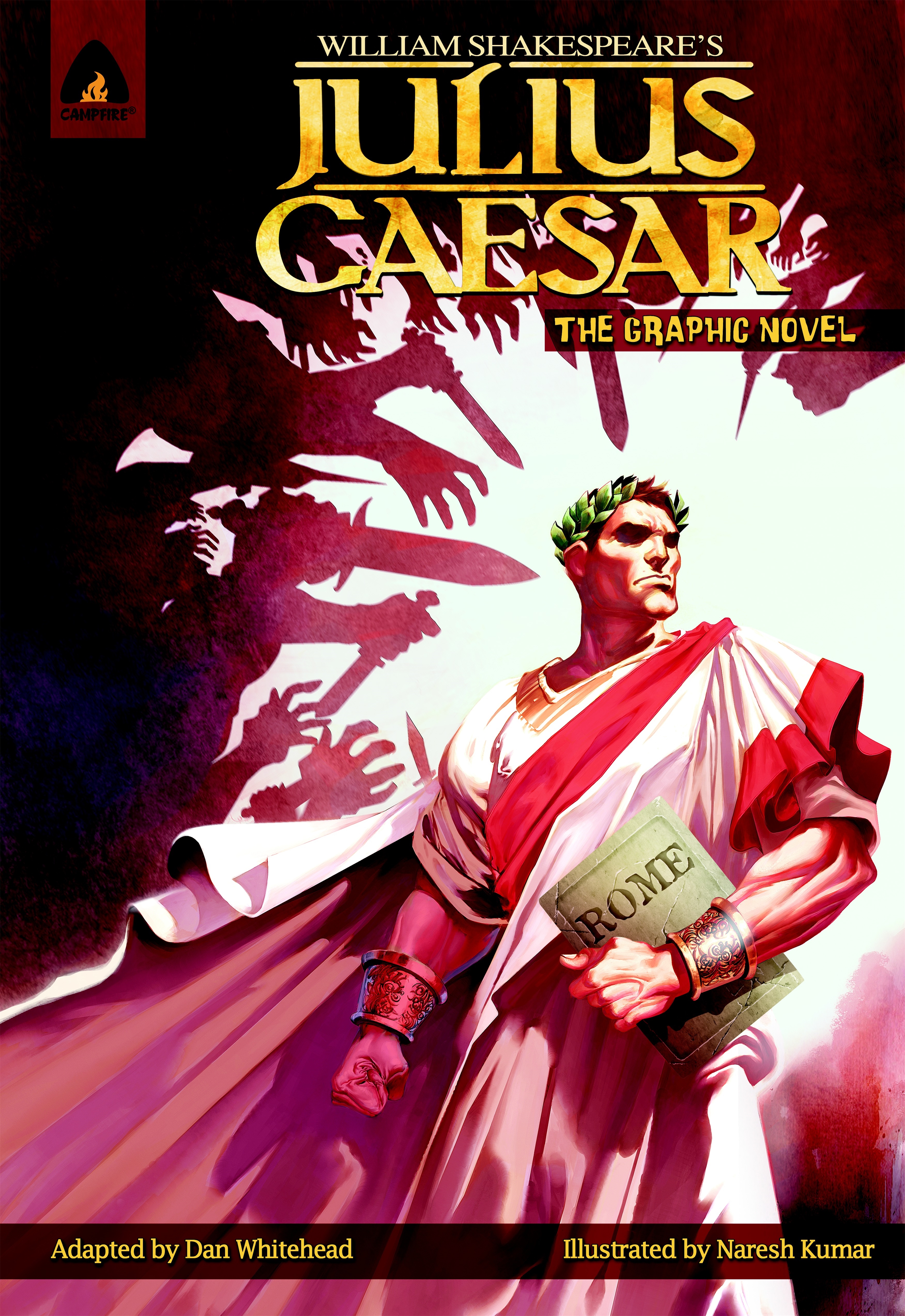


See below.Ī personal account can be used to get email alerts, save searches, purchase content, and activate subscriptions. Some societies use Oxford Academic personal accounts to provide access to their members. If you do not have a society account or have forgotten your username or password, please contact your society. Do not use an Oxford Academic personal account. When on the society site, please use the credentials provided by that society.If you see ‘Sign in through society site’ in the sign in pane within a journal: Many societies offer single sign-on between the society website and Oxford Academic. Society member access to a journal is achieved in one of the following ways:

If you cannot sign in, please contact your librarian. If your institution is not listed or you cannot sign in to your institution’s website, please contact your librarian or administrator.Įnter your library card number to sign in. Following successful sign in, you will be returned to Oxford Academic.When on the institution site, please use the credentials provided by your institution.Select your institution from the list provided, which will take you to your institution's website to sign in.Click Sign in through your institution.Shibboleth / Open Athens technology is used to provide single sign-on between your institution’s website and Oxford Academic. This authentication occurs automatically, and it is not possible to sign out of an IP authenticated account.Ĭhoose this option to get remote access when outside your institution. Typically, access is provided across an institutional network to a range of IP addresses. If you are a member of an institution with an active account, you may be able to access content in one of the following ways: Get help with access Institutional accessĪccess to content on Oxford Academic is often provided through institutional subscriptions and purchases. 8 In writing Julius Caesar for the new Bankside theater, I will suggest, Shakespeare enmeshed the conspirators’ political aspirations and tragic failures with the collaboratively dynamic process of performance itself. 7 Yet, Brutus and Cassius’s attempt to usher a new world into being was a process familiar to the play’s Elizabethan spectators, who worked imaginatively to collaborate in the creation of onstage worlds every time they entered the playhouse. 6 In depicting not only Caesar’s assassination, but Brutus’s agonized justification of the murder, Julius Caesar dramatizes the conspirators’ thwarted attempt to remake Rome, a political aspiration that fatally divorces them from the present moment as they immerse themselves in the nostalgic glory of Rome’s republican past. It is well known that the play stages tragic failures of political judgment-the “disastrous misconstructions and misrecognitions,” the “wrong incomplete” interpretations, and the “intentional misreadings” that collect “Between the acting of a dreadful thing / And the first motion” (2.1.63–64). 5 This essay proposes that these two modes of architectural familiarity, associative and experiential, conditioned the collective responses that Julius Caesar invited from its audience in 1599. 4 For seasoned playgoers, the reconstructed playhouse likely produced a sense of uncanny familiarity: as they looked around the Globe, built on foundations that reproduced the Theatre’s orientation, spectators could have tracked the same movement of shadows across the stage that had marked the passage of time north of the Thames. 2 As one visitor to a Bankside playhouse remarked in 1600, “the theatre was constructed in the style of the ancient Romans, out of wood.” 3 Yet the Globe was also an architectural echo with much more recent origins, having been built from the recycled timbers of the Shoreditch Theatre. 1 The dramatization of perhaps the most familiar event in ancient Roman history for the new “halfe-round house” was apt, for the Globe was perceived as a structural echo of the classical Roman amphitheater. In the late summer or early fall of 1599, Shakespeare’s Julius Caesar debuted in the Globe Theatre.


 0 kommentar(er)
0 kommentar(er)
